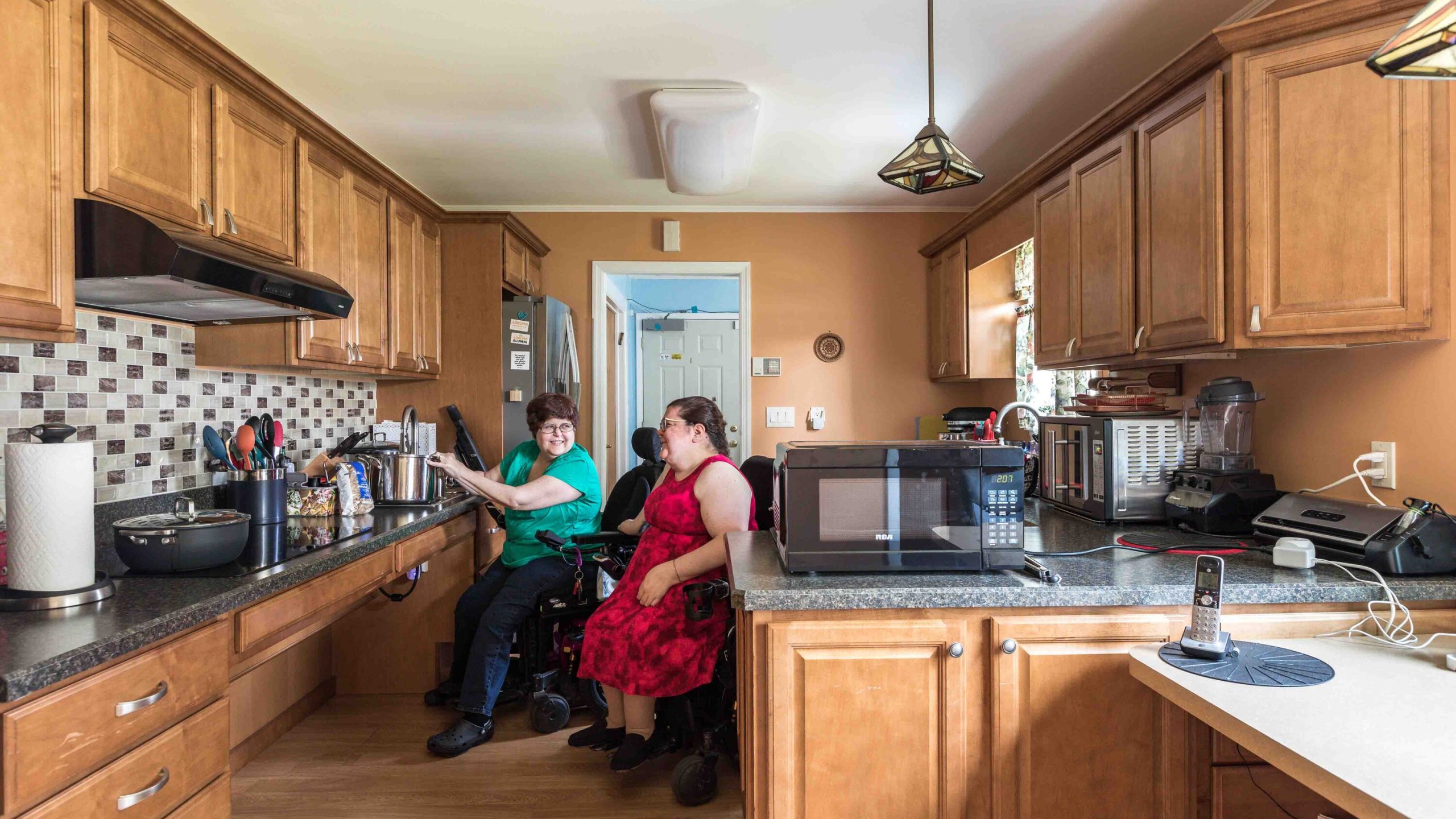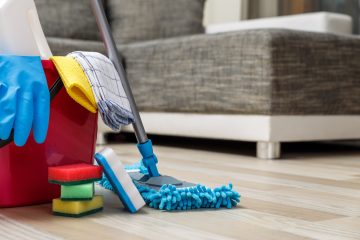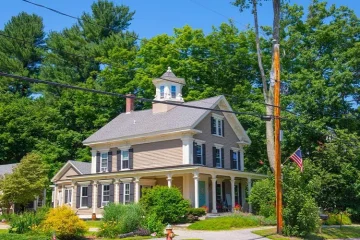As people get older, their physical and cognitive abilities often undergo changes that can significantly impact daily living. These changes underscore the importance of creating and maintaining an accessible home environment. An accessible home is one designed or modified to enable individuals, particularly those with mobility issues or other disabilities, to live comfortably and independently. For older adults, an accessible home is not just a convenience but a crucial factor in ensuring safety, independence, and quality of life.
Enhancing Safety
One of the most compelling reasons for an accessible home is the increased safety it offers. As people age, they are more prone to falls and accidents due to decreased balance, strength, and coordination. Common household features such as stairs, slippery floors, and high cabinets can pose significant risks. Modifications like installing grab bars in bathrooms, using non-slip flooring, and adding handrails on stairs can greatly reduce the likelihood of falls. If you want to make your bathroom more accessible, Beautiful Bathrooms of Letchworth can help you as they have a wide range of options. Additionally, wider doorways and hallways can accommodate wheelchairs and walkers, minimizing the risk of tripping or getting stuck.
Promoting Independence
Independence is a critical aspect of aging with dignity. An accessible home allows older adults to perform daily activities without needing constant assistance, which can boost their self-esteem and mental well-being. Features such as lowered countertops, pull-out shelves, and walk-in showers enable individuals to take care of personal needs more easily. Smart home technology, including voice-activated systems and automated lighting, can further enhance independence by allowing older adults to control their environment with minimal physical effort.
Enhancing Quality of Life
Living in an accessible home can significantly improve the quality of life for older adults. When a home is easy to navigate and use, individuals can engage in activities they enjoy, maintain social connections, and perform routine tasks with less frustration. This sense of capability and control contributes to overall happiness and satisfaction. For instance, accessible outdoor spaces like gardens with raised beds or smooth pathways allow older adults to enjoy nature and stay active, which is beneficial for both physical and mental health.
Supporting Caregivers
An accessible home also benefits caregivers, whether they are family members or professional aides. When a home is designed with accessibility in mind, caregivers can perform their duties more efficiently and safely. Features like adjustable-height countertops, ceiling lifts, and accessible bathrooms reduce the physical strain on caregivers and make it easier to provide care. This not only improves the caregiver’s experience but also ensures that older adults receive better and more consistent support.
Planning for the Future
Designing an accessible home is a proactive approach to aging. Many people choose to “age in place,” meaning they prefer to stay in their own homes rather than move to assisted living facilities. By making homes accessible before significant physical declines occur, individuals can avoid the stress and expense of sudden modifications or relocations. This forward-thinking approach ensures that the home remains a safe and comfortable place to live as needs change over time.




